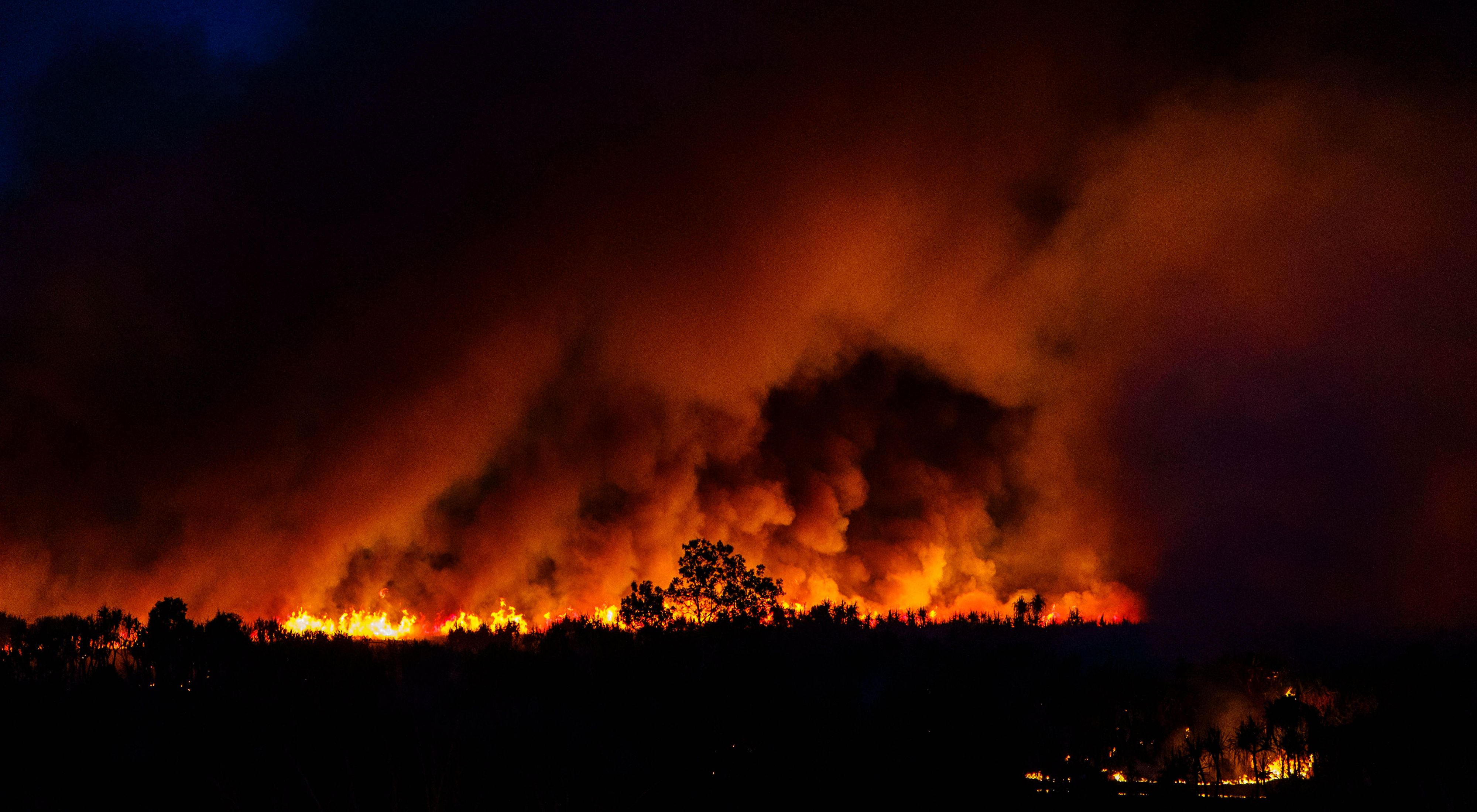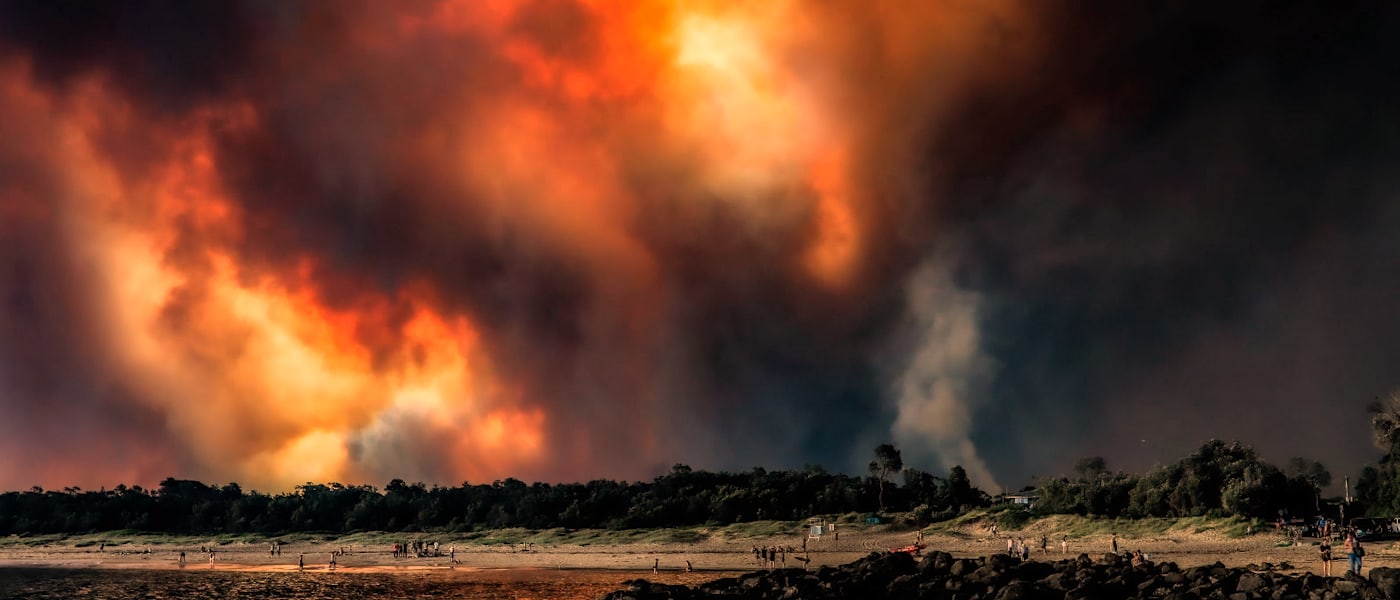Navigating the Demands: Your Overview to Acquiring a BAL Report
Navigating the Demands: Your Overview to Acquiring a BAL Report
Blog Article
The Value of Bushfire Management in Fire Defense
In the world of fire protection, the importance of efficient bushfire management can not be underrated. As neighborhoods globally come to grips with boosting instances of wildfires, the proactive method to stop and mitigating these all-natural catastrophes with tactical bushfire management techniques has actually become a critical component. Beyond the immediate threat to human life and building, the interaction between bushfire monitoring and eco-friendly preservation, community participation, and climate change poses complex difficulties that demand extensive services.
Importance of Proactive Bushfire Prevention
Positive bushfire avoidance strategies are important in mitigating the devastating effects of wildfires on ecosystems and areas. By taking preventative measures prior to a bushfire occurs, the risks related to these all-natural catastrophes can be dramatically lowered. One vital aspect of proactive bushfire avoidance is gas administration. This involves reducing the quantity of combustible product, such as dead vegetation and completely dry leaves, that can function as fuel for fires. Fuel monitoring strategies consist of prescribed burns, where controlled fires are purposely lit to decrease the accumulation of combustible product.
Furthermore, producing firebreaks - gotten rid of locations where greenery is tactically gotten rid of to develop an obstacle to stop the progress or slow down of a bushfire - is an additional critical proactive step. By executing these approaches, the spread of wildfires can be limited, safeguarding both human lives and the environment. Moreover, enlightening the general public on fire safety practices and promoting neighborhood understanding regarding the relevance of bushfire avoidance are important elements of positive methods. Inevitably, aggressive bushfire prevention plays a substantial role in protecting neighborhoods and communities from the destructive effects of wildfires.
Duty of Area Engagement in Fire Defense
Engaging the area in fire protection initiatives is essential to boosting the effectiveness of aggressive bushfire avoidance approaches. Community involvement plays a critical role in cultivating a collective understanding of the threats posed by bushfires and the value of preparedness procedures. By involving local homeowners, authorities can distribute vital info ablaze safety and security practices, emptying treatments, and early warning systems, equipping individuals to take positive steps to secure their lives and residential or commercial properties.
In addition, neighborhood engagement campaigns aid develop resilience within areas, promoting a sense of unity and shared responsibility in mitigating fire dangers. Through workshops, training sessions, and neighborhood occasions, homeowners can discover just how to develop defensible spaces around their homes, decrease fire fuel lots, and identify potential dangers. By cultivating a society of preparedness and partnership, areas can reinforce their capacity to respond properly to bushfire emergencies, lessening the impact on residential properties and lives. Eventually, area involvement is a cornerstone of comprehensive fire defense methods, highlighting the importance of cumulative action in protecting vulnerable areas from the threat of bushfires.
Value of Wild Animals Preservation in Bushfire Monitoring
Preservation of wildlife plays a crucial duty in efficient bushfire administration strategies, ensuring the security of diverse communities and biodiversity in fire-prone regions. Wild animals conservation is crucial as it adds to the overall strength of ecosystems, assisting in their capability to recover and endure from the impact of bushfires. By conserving habitats and shielding different types, the natural equilibrium within these ecosystems is preserved, which is necessary for their lasting health and wellness and sustainability.
Moreover, wild animals preservation also helps in decreasing the risk and intensity of bushfires. Healthy and balanced ecosystems with unspoiled wildlife populaces can work as natural firebreaks, decreasing the spread of fires and restricting their damaging possibility (Bushfire Risk). Certain animal types, like tunneling pets or birds that spread out seeds, play one-of-a-kind roles in aiding or avoiding fires in the post-fire regeneration of habitats
Incorporating wildlife preservation into bushfire administration methods is not just important for protecting biodiversity however additionally for advertising the total wellness and resilience of environments despite boosting fire hazards.
Advantages of Strategic Gas Decrease Programs
Purposefully implementing gas decrease programs is essential in reducing the threat and impact of bushfires in fire-prone areas. These programs involve controlled burning, mechanical clearing, and other methods to lower the quantity of combustible plants available to sustain wildfires. By purposefully lowering gas lots in crucial areas, such as near residential areas or essential framework, the intensity and spread of bushfires can be substantially lowered.
Among the main benefits of fuel reduction programs is the improvement of total fire strength in a community. By creating critical gas breaks and decreasing the continuity of plant life, these programs aid to disrupt the course of a bushfire, making it easier for firemans to extinguish the blaze and contain. Furthermore, gas reduction programs can shield biodiversity by stopping excessively extreme fires that can devastate habitats and intimidate wild animals populaces.
Furthermore, these programs can additionally secure human lives and residential property by decreasing the threat of catastrophic fires Visit This Link that position a substantial danger to neighborhoods. Eventually, strategic fuel decrease programs play a crucial function in aggressive bushfire administration and cultivating a much safer setting for both Extra resources individuals and nature.
Influence of Climate Modification on Bushfire Danger

Higher temperatures result in drier plant life, making it more vulnerable to ignition. Minimized rains in certain regions prolongs dry spell problems, additionally increasing the flammability of the landscape. In addition, the changing environment has altered wind patterns and atmospheric problems, resulting in even more erratic fire habits and quick fire spread.
As the environment remains to alter, the frequency and intensity of bushfires are expected to increase, demanding a proactive and adaptive approach to bushfire administration. Approaches should advance to account for the altering threat landscape, including environment estimates and thinking about long-lasting durability in fire monitoring preparation. Dealing with the effect of environment adjustment on bushfire danger is important in creating effective methods to protect lives, home, and the environment.
Conclusion
In final thought, proactive bushfire prevention, area engagement, wild animals conservation, critical fuel decrease programs, and factor to consider of environment modification are essential elements in reliable fire defense. By applying these approaches, we can better manage bushfire risks and protect both human lives and the atmosphere. BMP. It is imperative that stakeholders collaborate to prioritize these steps to reduce the damaging influence of bushfires on areas and communities

As the environment proceeds to alter, the frequency and intensity of bushfires are expected to rise, necessitating a flexible and positive technique to bushfire administration.In conclusion, aggressive bushfire avoidance, neighborhood engagement, wild animals conservation, critical gas reduction programs, and factor to consider of environment modification are critical elements in effective fire defense.
Report this page